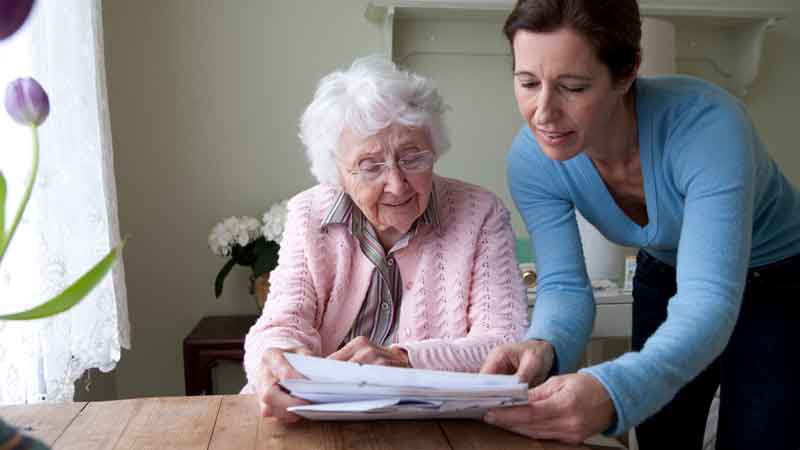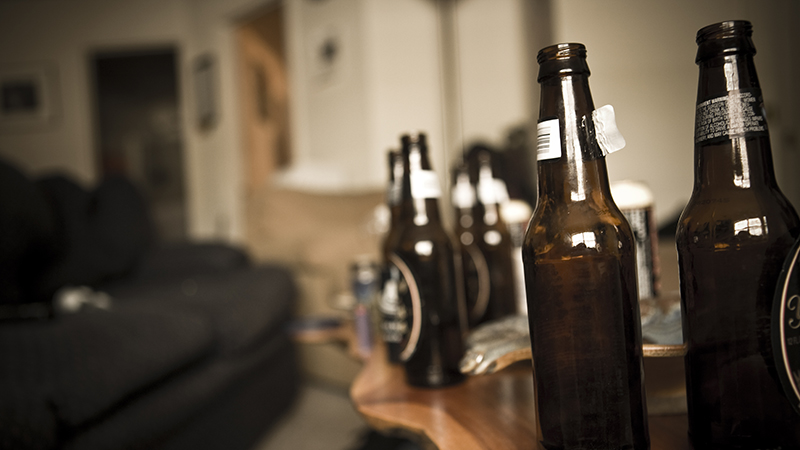Why Do I Feel SAD in the Summer?
Seasonal Affective Disorder Is Not Just for the Colder Months and Darker Days
Published March 2025
When you think of seasonal depression, you might picture gloomy winter days. But did you know that some people experience seasonal affective disorder (SAD) during warm months while the sun is shining? It’s less common, but very real.
What Is SAD?
Keep a cool, dark-shaded environment that blocks exposure to outdoor light.— Dorothy K. Sit, MD
Seasonal affective disorder (SAD), commonly referred to as seasonal depression, is defined as a significant change in your mood and behavior when the seasons change. While it typically occurs in late fall and early winter, some people experience it while going into the spring and summer months.
Dorothy K. Sit, MD, a psychiatrist at Northwestern Medicine, has seen patients this year with seasonal depression heading into the spring and summer. “Patients are saying to me that they feel a little more revved up, anxious, agitated and their sleep is off,” she says. “In the past, we have really been focused on seasonal mood changes in the fall and winter. But it’s also important to think about this as we enter warmer months.”
How Do I Know If I Have SAD?
SAD presents with symptoms typical of depression, but it also has unique characteristics that vary depending on the season.
Symptoms of depression may include:
- Persistent sad, anxious or empty mood
- Feelings of hopelessness or pessimism
- Feelings of irritability or frustration
- Feelings of worthlessness or helplessness
- Loss of interest in hobbies and activities
- Decreased energy and fatigue
- Difficulty concentrating, remembering or making decisions
- Changes in sleep or appetite or unplanned weight changes
- Recurrent headaches, cramps or digestive problems that do not have a clear physical cause
For summer SAD, additional symptoms can include:
- Trouble sleeping (insomnia)
- Poor appetite and weight loss
- Restlessness and agitation
- Anxiety
- Violent or aggressive behavior
For winter SAD, additional symptoms can include:
- Oversleeping (hypersomnia)
- Overeating and weight gain
- Social withdrawal
The Summertime SAD and Bipolar Connection
Dr. Sit says that summertime can also trigger mood changes in people with or at risk of bipolar disorder, which is more in line with hypomania and mania. When this happens, you may have several days of:
- Agitation
- Overactivity
- Elated, euphoric or irritable moods
- High energy
- Intense anxiety
- Reduced sleep
- Excess of thoughts
- Rapid speech
- Feeling invincible
- Having impulsive or risk-taking behaviors
These symptoms and behaviors are different than depression but also have an impact on daily living.
“Because of a complex presentation where you could cycle rapidly into a mixed episode and get highs and lows at the same time or within the same day, it is sometimes a challenge to land on the correct diagnosis,” says Dr. Sit.
Causes of Summer SAD
While the exact cause of SAD is not fully understood, it is believed to be related to changes in sunlight exposure. During the summer months, some people may experience overexposure to sunlight, which can disrupt their body’s natural sleep-wake cycle and hormonal balance.
If you are susceptible to mood changes from disrupted sleep, particularly in the spring and summer months with longer days and increased sunlight, Dr. Sit recommends that you pay attention to your sleep hygiene. “To protect the amount of time you sleep at night, keep a cool, comfortable and dark-shaded environment that blocks exposure to outdoor light as much as possible.”
Treatment Options for Seasonal Depression
Treatments are available to help people with SAD, including summer-pattern SAD. They fall into four main areas that can be combined or used alone:
- Psychotherapy: Talk therapy that can help you identify and change unhealthy thoughts, emotions and behaviors.
- Medication: Antidepressants can be effective in treating SAD.
- Lifestyle changes: Prioritizing regular exercise, a healthy diet and adequate sleep.
- Light therapy (for winter-pattern SAD): Exposure to bright light can help regulate your internal clock and improve mood.
If you or someone you know is experiencing symptoms of SAD, it is important to seek professional help. Early diagnosis and treatment can significantly improve quality of life.
Get more tips for dealing with SAD.







